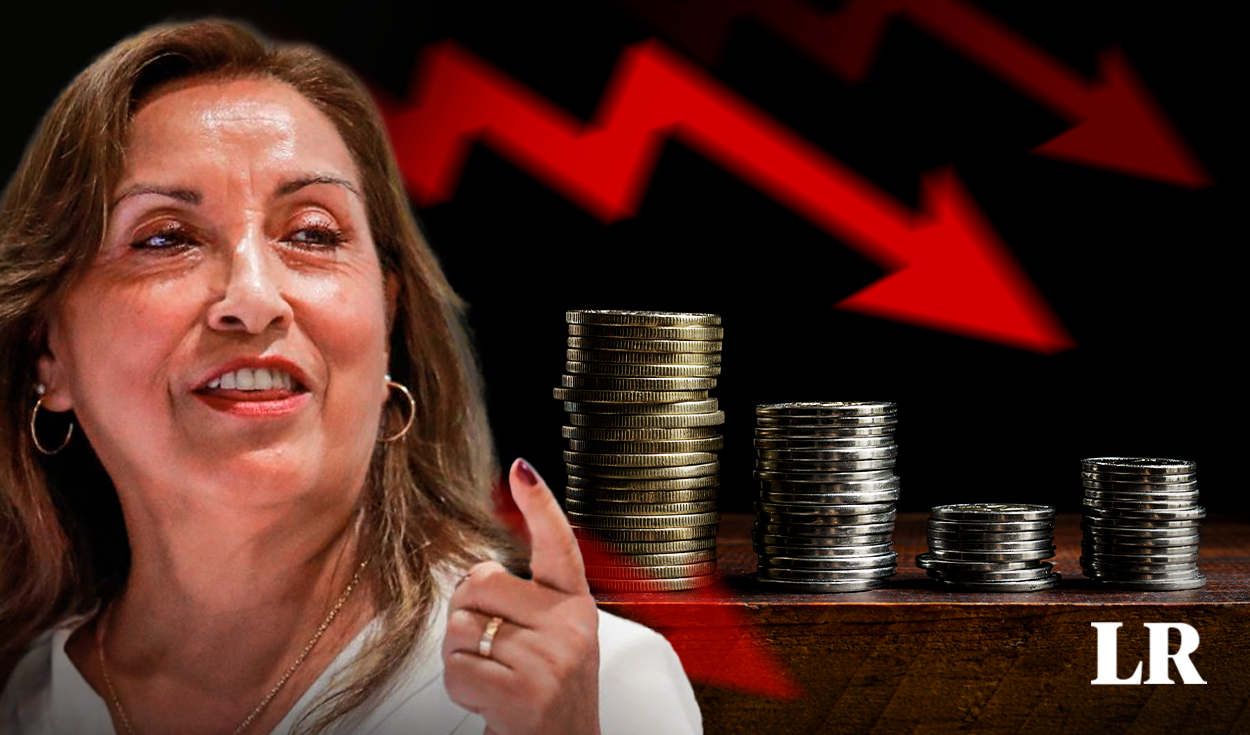
Dina Boluarte’s first year in office brought the worst GDP result in just over three decades —not counting the pandemic—. The numbers fuel social discontent towards Pedro Castillo’s successor: poverty reached a third of the population, wages stagnated, precarious employment predominated and private investment, which drives 80% of the total, fell by 7.3%.
Following the recession, Citi Research maintains GDP rebound forecast for 2024 at 2.4%, but insists that political noise is causing doubt among foreign investors.
The cost of popular disapproval of Dina Boluarte
Ernesto Revilla, chief economist for Latin America at Citi Research, said that Peru has “an uncertain and divided politics” since the government has only 5% approval rating and is “among the lowest in the region and the world.”
The numbers speak for themselves, once again. According to the latest survey by the Institute of Peruvian Studies (IEP), only 5% of the population approves of Dina Boluarte and 90% reject her. And, at a regional level, the popular validation rate is 6%: surpassed by all the leaders already light years away from the 88% of Nayib Bukele (92%), according to the CID Gallup. The Council of the Americas has similar data.
“Many external investors who do not necessarily know the local dynamics are asking themselves: how is it possible that a president with such low approval ratings remains in power and does not leave?” Revilla reflected.
The Citi Research representative noted that despite Boluarte Zegarra’s low popularity, Congress, “in its interest in staying until 2026,” is balancing it. Even so, this scenario “is a question that does not leave the markets.”
Another wake-up call
The report by Citi Research should not be overlooked, according to Eduardo Recoba, chief economist for Latin America and Spain at iFOREX LATAM, as it is a major player in investment banking and business intelligence.
In addition, the academic points out that he is in line with the reprimand given last April by S&P, which reduced the credit rating and moved it away from investment grade, and Fitch Ratings, which now has a negative outlook. Recoba adds that the levels of business confidence recorded by the Central Reserve Bank of Peru (BCRP) also do not show substantial changes, since in the short term the threshold of optimism is barely exceeded and in the long term, caution remains.
“There is an atmosphere of optimism with experience and caution: the sum of both gives pessimism,” Recoba summarized.
False prosperity
The BCRP estimates a 2.3% rebound for private investment, and according to Revilla, there is a “rebirth of private investment” that is promising in the long term: the megaport of Chancay and Tía María are the first cards.
Here, Recoba points out that both traders and investors—analyzed by Citi—would not bet on Peru because it is taken over by the political interests of Congress and the Executive, since nothing guarantees that the agreements reached will be respected, since in practice, they mock the conventions and supranational bodies without scruples.
MEF: a cycle of 6 to 7% per year is triggered
The academic arm of the Citi bank is far from the 3.1% forecast by both the Ministry of Economy and Finance (MEF) and the BCRP, but they agree that good copper and gold prices will be key to the rebound.
However, the head of the MEF, José Arista argued that an expansionary cycle is being triggered that, in the best case scenario, would lead to the GDP variation rate of 6 to 7% annually.
“It all depends on us,” he told the media. He considered it important to commit to “timely reforms” to remove bottlenecks.
Source: Larepublica
Alia is a professional author and journalist, working at 247 news agency. She writes on various topics from economy news to general interest pieces, providing readers with relevant and informative content. With years of experience, she brings a unique perspective and in-depth analysis to her work.











